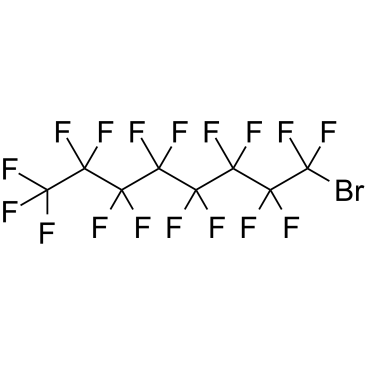The role of hypoxia in canine cancer.
S A Snyder, M W Dewhirst, M L Hauck
文献索引:Vet. Comp. Oncol. 6(4) , 213-23, (2008)
全文:HTML全文
摘要
Human oncology has clearly demonstrated the existence of hypoxic tumours and the problematic nature of those tumours. Hypoxia is a significant problem in the treatment of all types of solid tumours and a common reason for treatment failure. Hypoxia is a negative prognostic indicator of survival and is correlated with the development of metastatic disease. Resistance to radiation therapy and chemotherapy can be because of hypoxia. There are two dominant types of hypoxia recognized in tumours, static and intermittent. Both types of hypoxia are important in terms of resistance. A variety of physiological factors cause hypoxia, and in turn, hypoxia can induce genetic and physiological changes. A limited number of studies have documented that hypoxia exists in spontaneous canine tumours. The knowledge from the human literature of problematic nature of hypoxic tumours combined with the rapid growth of veterinary oncology has necessitated a better understanding of hypoxia in canine tumours.
相关化合物
| 结构式 | 名称/CAS号 | 分子式 | 全部文献 |
|---|---|---|---|
 |
全氟溴辛烷
CAS:423-55-2 |
C8BrF17 |
|
Surfactant and perfluorocarbon aerosolization by means of in...
2011-04-01 [J. Aerosol Med. Pulm. Drug Deliv. 24(2) , 81-7, (2011)] |
|
Optimization of perfluoro nano-scale emulsions: The importan...
2012-10-01 [Colloids Surf. B Biointerfaces 98 , 26-35, (2012)] |
|
Rayleigh theory of ultrasound scattering applied to liquid-f...
2010-06-07 [Phys. Med. Biol. 55(11) , 3061-76, (2010)] |
|
Detection of fluorine labeled herceptin using cellular (19)F...
2010-03-11 [J. Pharm. Biomed. Anal. 51(4) , 894-900, (2010)] |
|
19F molecular MR imaging for detection of brain tumor angiog...
2013-01-01 [Angiogenesis 16(1) , 171-9, (2013)] |